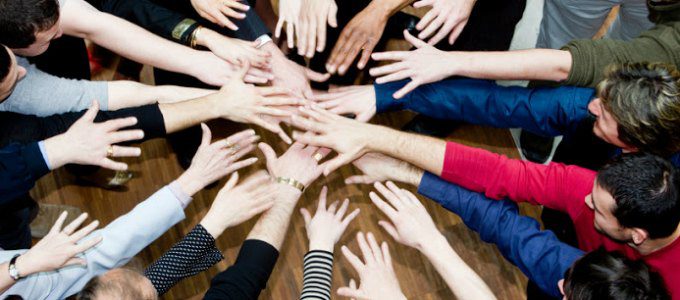There are clear dangers in a simplistic approach to strengths-based development, but when done right, building on strength can help managers become more versatile leaders. It also can have a multiplier effect on teamwork.
Avery-Dennison Corp., a global manufacturer and distributor of pressure-sensitive adhesive materials, apparel branding labels and tags, learned this via its Leading to Win program for executive teams in North America, South America, Europe and Asia.
The keys are design that begins with individual self-awareness and builds up to better team dynamics and an assessment battery that puts key concepts into practice and provides complementary data sources to guide both individual and team learning.
Central to Leading to Win is a carefully chosen combination of assessment tools. First, participants complete Realise2, a self-assessment of 60 strengths gauged according to performance, usage and energy. Results are sorted into four categories: realized strengths, unrealized strengths, learned behaviors and weaknesses.
Realise2 emphasizes how managers frequently don’t understand their strengths and therefore are prone to underdo or overdo them. Through self-awareness and effort they can make better use of their strengths. The approach also identifies weaknesses they can’t afford to ignore.
The second assessment, the Leadership Versatility Index, is a 360 that provides feedback on how co-workers observe strengths, learned behaviors and weaknesses. The LVI’s “Goldilocks” rating scale ranges from “too little” to “the right amount” to “too much.”
LVI feedback helps participants calibrate their insights from Realise2 and points to specific adjustments they can make.
Leading to Win begins with attention on the individual as participants synthesize their Realise2 and LVI results, draw connections and create action plans. The next step widens focus to the team level. Summary reports present aggregate data from both assessments that team members analyze together to identify trends and their implications.
The program’s focus is on getting everyone’s best contribution to the team, boosting team connectivity and resilience. Participants are encouraged to discuss and reconsider team roles and group dynamics.
The head of R&D at one location said “innovation truly becomes a team sport” through the process. But the program does more than have one team member’s strength compensate for another’s weakness. It uses divergent perspectives and underrepresented strengths that often get neglected. Further, it illuminates blind spots so the team can avoid going overboard with shared strengths. The result is not just stronger and more versatile leaders, but also stronger and more versatile teams.
This was the sidebar to Chief Learning Officer's August 2014 feature, "Strength is Not Enough."















